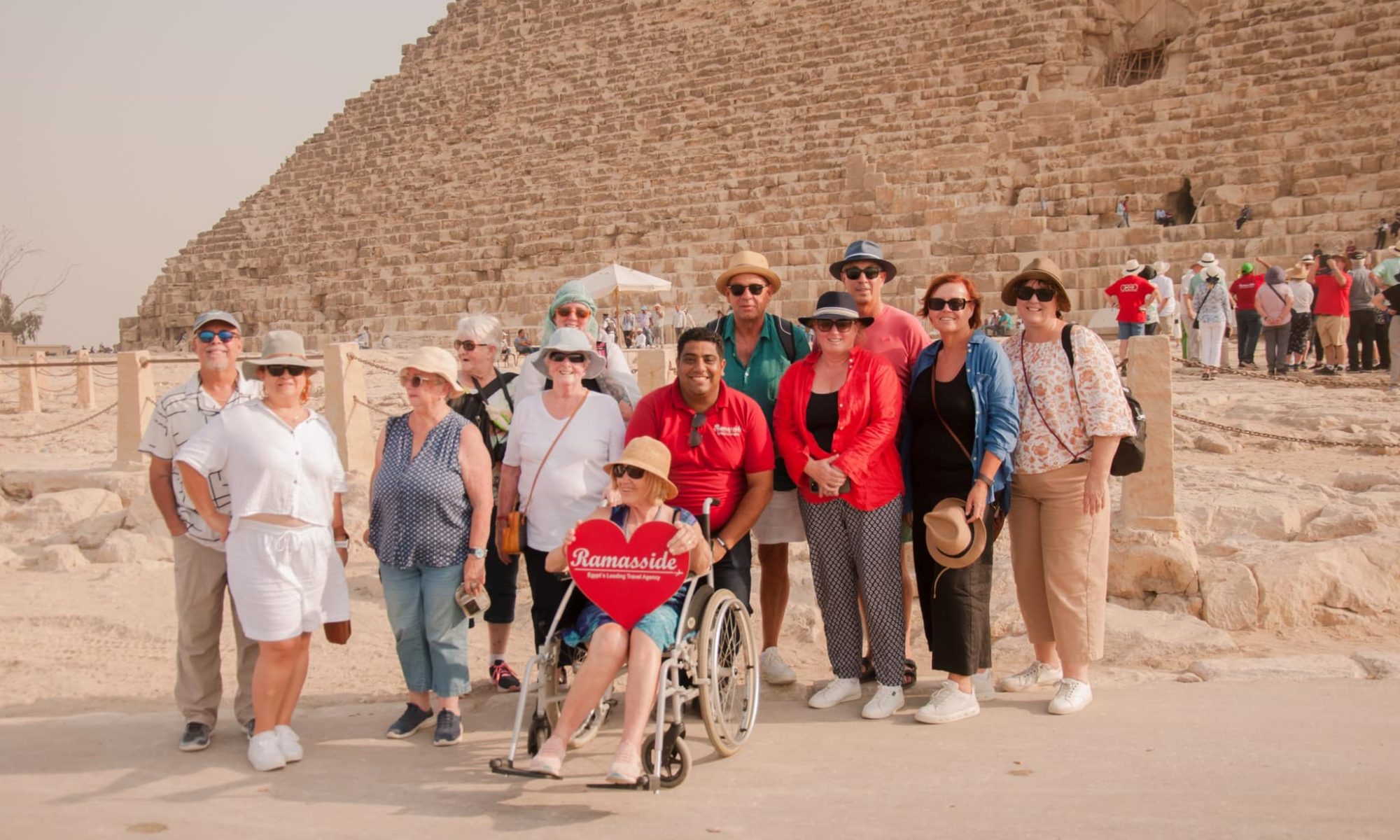
Egypt’s weather is diverse due to its geographical features and spans from the Mediterranean coast in the north to the deserts of the south. The climate in different regions of Egypt varies, and understanding these variations is essential for planning your trip. Here’s everything you need to know about the weather in Egypt:
1. Mediterranean Coast (Northern Egypt):
- Climate: This region has a Mediterranean climate with mild, wet winters and hot, dry summers.
- Winters (December to February): Mild and relatively wet. Daytime temperatures range from 60-70°F (15-25°C).
- Summers (June to August): Hot and dry, with temperatures averaging around 85-95°F (30-35°C).
2. Nile Delta and Nile Valley (Central Egypt):
- Climate: A hot desert climate prevails in this region, especially in Upper Egypt (southern Egypt).
- Winters (December to February): Daytime temperatures range from 65-80°F (18-27°C), while nights can be cool.
- Summers (June to August): Extremely hot, with daytime temperatures often exceeding 100°F (38°C) or more.
3. Red Sea Coast (Eastern Egypt):
- Climate: The Red Sea coast has a desert climate, with high temperatures and very little rainfall.
- Winters (December to February): Warm, with daytime temperatures ranging from 75-85°F (24-30°C).
- Summers (June to August): Hot and extremely dry, with temperatures often reaching 100°F (38°C) or higher.
4. Western Desert (Oases):
- Climate: The Western Desert experiences an extreme desert climate, with scorching temperatures in summer and cold nights in winter.
- Winters (December to February): Daytime temperatures can range from 60-75°F (15-24°C), but nights can be chilly.
- Summers (June to August): Incredibly hot, with daytime temperatures often exceeding 100°F (38°C).
5. Sinai Peninsula (Northeastern Egypt):
- Climate: The Sinai Peninsula features a desert climate similar to the Red Sea coast.
- Winters (December to February): Mild, with daytime temperatures ranging from 65-75°F (18-24°C).
- Summers (June to August): Hot, with daytime temperatures around 90-100°F (32-38°C).
6. Rainfall:
- Egypt is primarily a desert country with minimal rainfall. Rainfall is highest in the Mediterranean region and decreases as you move south.
7. Sandstorms:
- Sandstorms, known as “khamaseen,” can occur in spring and early summer, especially in the south. These dust and sand storms can reduce visibility and impact air quality.
8. Best Time to Visit:
- The best time for most travelers to visit Egypt is during the spring (March to May) and fall (September to November) when temperatures are milder and more comfortable for outdoor activities and sightseeing.
- Winter is another popular time to visit, as temperatures are generally mild, but it can be more crowded.
- Summer is extremely hot in many parts of Egypt, so it’s less favored for outdoor activities.
9. Desert Travel:
- If you plan to explore the desert areas, such as the Western Desert or the Sinai Peninsula, it’s important to be prepared for extreme temperatures and have adequate supplies and protection.
Everything About the Weather in Egypt FAQs
1. What is the best time to visit Egypt in terms of weather?
- The best time to visit Egypt in terms of weather is during the cooler months, from October to April. The temperatures are milder, and it’s more comfortable for outdoor activities.
2. What is the weather like in the summer months in Egypt?
- Summers in Egypt, especially in June, July, and August, can be scorching hot, with temperatures often exceeding 100°F (40°C) in many areas, particularly in the desert regions. It’s important to stay hydrated and protect yourself from the intense sun.
3. What is the weather like in the winter months in Egypt?
- Winters in Egypt, from December to February, are generally mild and pleasant, with daytime temperatures averaging around 68-77°F (20-25°C). Evenings can be cooler, so it’s advisable to bring a light jacket or sweater.
4. Does Egypt experience rainfall, and if so, when?
- Egypt is primarily a desert country with minimal rainfall. The northern coast may experience some rainfall in the winter months, but it’s usually limited. Rainfall is rare in most of the country.
5. What’s the weather like in the coastal areas, such as Alexandria and Sharm El Sheikh?
- Coastal areas like Alexandria and Sharm El Sheikh have more moderate climates. Summers are warm but not as scorching as in inland areas, while winters are mild with pleasant temperatures.
6. Are there regional variations in the weather within Egypt?
- Yes, Egypt experiences regional weather variations. The desert regions, such as the Western Desert and Sinai, can be extremely hot in the summer and cold at night in the winter. The Nile Valley, where most of Egypt’s population resides, has a more temperate climate.
7. Can I engage in outdoor activities year-round in Egypt?
- While Egypt offers a variety of outdoor activities year-round, the best time for outdoor excursions is during the cooler months, from October to April. This is when activities like desert safaris, Nile cruises, and exploring archaeological sites are most enjoyable.
8. What’s the weather like during Ramadan, and how does it affect travel?
- Ramadan, the holy month of fasting for Muslims, affects the country’s routine. Many businesses and restaurants have reduced hours, and some attractions may have altered schedules. Travel during Ramadan can be unique, with special iftar (fast-breaking) experiences, but it’s essential to be respectful of local customs.
9. How can I best prepare for the weather in Egypt during my trip?
- Prepare for the weather by checking the forecast before your trip and packing appropriate clothing. For the hot summer months, bring lightweight and breathable clothing, sunscreen, and a hat. In the cooler months, pack layers to adjust to varying temperatures.
10. Can I enjoy water activities in Egypt, and if so, when?
- Yes, Egypt offers fantastic water activities along the Red Sea and the Mediterranean. The best time for water activities like snorkeling and diving is during the milder months, from October to April when the sea temperatures are comfortable.

